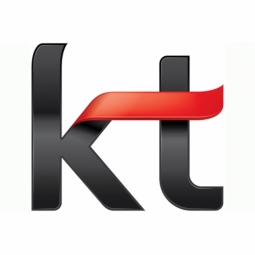Korea Telecom
Case Studies
KT-MEG: Korea’s Smart Energy System
Overview
 |
KT-MEG: Korea’s Smart Energy SystemKorea Telecom |

|
Analytics & Modeling - Machine Learning Analytics & Modeling - Real Time Analytics Functional Applications - Remote Monitoring & Control Systems Networks & Connectivity - Cellular Networks & Connectivity - NB-IoT Networks & Connectivity - RFID | |
Utilities | |
Business Operation | |
Microgrid | |
Operational Impact
| [Efficiency Improvement - Energy] Energy generation KT-MEG has been integrated into many of the nation’s power stations, including 247 renewable energy sites. It aids energy producers by providing real time remote monitoring, diagnostics and, for solar energy sites, consolidated PV-ESS management (GiGA energy gen). Power stations using KT-MEG, have been able to make significant savings. For example, solar power sites in Yeoju and Jeonnam have significantly increased the number of hours in which they generate power per day, respectively producing 3.98 hours and 3.88 hours compared to the national average of 3.5 hours. The Korean operator estimates that these efficiencies add up to colossal savings. They calculate that, if adopted by all the nation’s power plants, with proper management and distribution of power demands, KT-MEG could make an energy saving equivalent to 5 new nuclear plants operating in peak demand – 10% of the country’s electricity usage. Delaying or eliminating the construction of additional power plants would result in vast savings for the Government and help the country meet its national carbon reduction goal | |
| [Cost Reduction - Energy] Energy consumption & trading The KT GiGA energy manager allows a wide range of businesses the means to reduce their consumption, principally by enabling a more efficient use of heating, ventilation and air conditioning (HVAC) and lighting facilities. Business customers connected to KT-MEG have the opportunity to observe real-time consumption and adjust their energy use through the GiGA energy manager dashboard. Additionally, businesses can also make use of KT’s remote monitoring and analysis to provide forecasts, peak management, and optimization guides. 5 iot@gsma.com www.gsma.com/iot Complementing this is KT’s GiGA energy Demand Response, which allows businesses the opportunity to profit from reducing their consumption during periods of high demand and increase their consumption at times when there is less demand. By monitoring energy use in real time, KT is also able to advise customers when to make these trades and reduce the risk of outages at times of high demand. Businesses that have adopted KT-MEG have seen their power energy consumption drop dramatically. For example, the Bupyeong hospital has reduced its energy consumption by 54%, while a sports complex in Gwangju has experienced a 75% reduction in its energy use since using KT-MEG. | |


